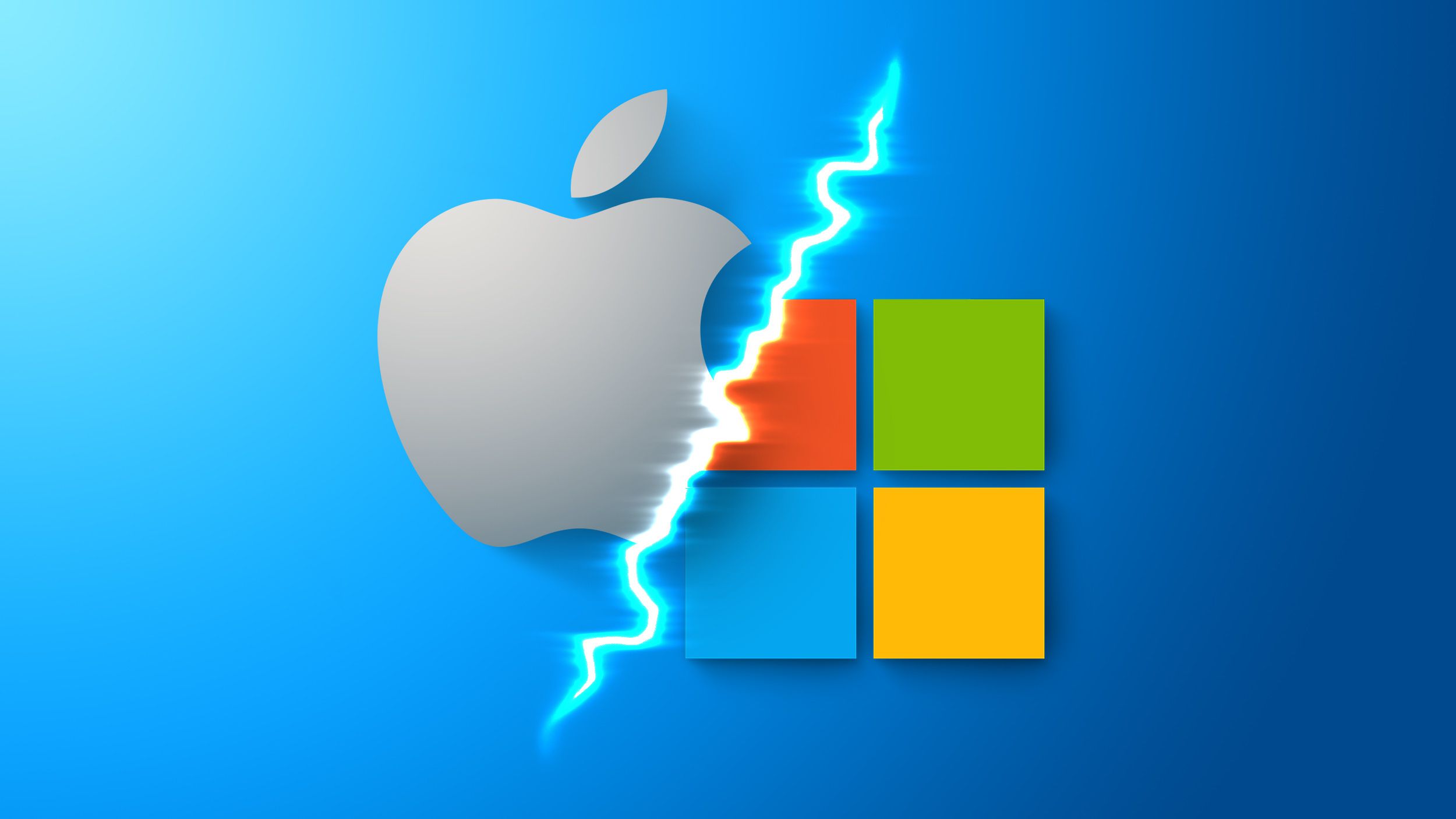Get the latest tech news
Apple’s Darwin OS and XNU Kernel Deep Dive
A deep dive into Apple’s Darwin OS and XNU kernel architecture, tracing its evolution from Mach and BSD roots to powering macOS, iOS, and Apple Silicon. This post explores the hybrid kernel’s design, its adaptation to new hardware and security paradigms, and why XNU remains a uniquely resilient and scalable foundation for Apple’s platforms.
We’ll follow this with a deep dive into the architectural milestones, analyze XNU’s internal design (Mach-BSD interaction, IPC, scheduling, memory management, virtualization), and examine how the kernel and key user-space components have adapted to new devices and requirements over time. Leopard also dropped official support for older architectures like PowerPC G3 and brought in stronger security and performance features: address space layout randomization (ASLR) to thwart exploits, an advanced sandbox facility for restricting processes, and the DTrace instrumentation framework from Solaris for low-level tracing. In the modern era, as hardware trends move towards specialized processors and increased parallelism, XNU continues to incorporate new techniques (e.g., dispatch queues, QoS scheduling, and direct support for machine learning accelerators through drivers) while maintaining robustness.
Or read this on Hacker News

